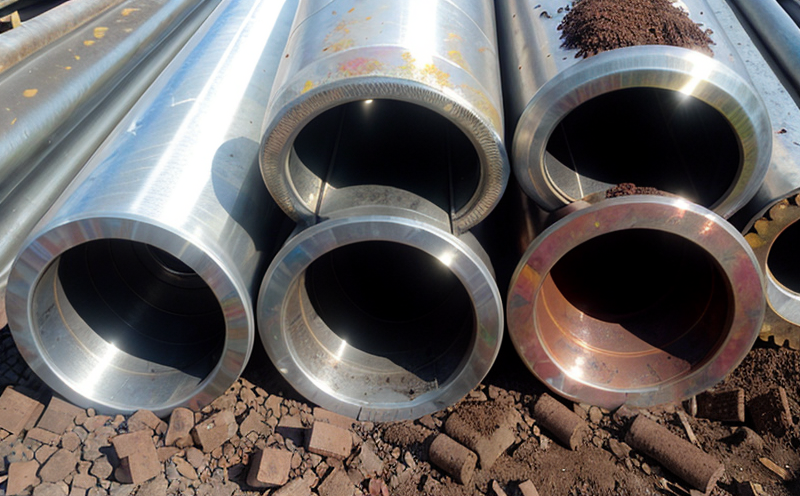ASTM F963 Arsenic and Antimony Content Testing
The American Society for Testing and Materials (ASTM) Standard Specification F963-17a sets forth the requirements, test methods, specifications, and descriptions intended to ensure that toys are safe for children. One critical aspect of this standard is ensuring the absence or minimal presence of harmful elements such as arsenic and antimony in toy materials.
The testing procedure outlined under ASTM F963 specifically targets the detection of these two elements because they can pose significant health risks, particularly when ingested by young children. Arsenic and antimony are both toxic metals that may be found in various parts of toys, including paints, coatings, plastics, and other materials.
The testing method described in ASTM F963 is designed to ensure compliance with the maximum permissible limits set forth in this standard. By adhering to these stringent protocols, manufacturers can demonstrate their commitment to producing safe toys that do not contain harmful levels of arsenic or antimony.
The process involves several key steps: sample preparation, analysis using appropriate spectroscopic methods (such as Inductively Coupled Plasma Optical Emission Spectroscopy - ICP-OES), and subsequent evaluation against the specified limits. It is crucial to follow these procedures meticulously to ensure accurate results.
For accurate testing, it is essential to use high-quality equipment capable of detecting trace amounts of these elements with precision. This includes using calibrated instruments such as ICP-OES systems which provide reliable data over a wide range of concentrations. Additionally, proper sample preparation techniques are vital for ensuring that all parts of the toy receive thorough examination.
The results from this testing allow manufacturers to make informed decisions regarding material selection and processing methods, thereby improving overall product safety. Compliance with ASTM F963 not only protects children but also enhances brand reputation by establishing a commitment to quality and safety standards.
It's important for quality managers and compliance officers within toy manufacturing companies to stay updated on any changes or updates to these standards so they can implement effective strategies for maintaining adherence. Regular audits and testing are recommended practices to ensure ongoing compliance with current regulations.
Applied Standards
| Standard Reference | Description |
|---|---|
| ASTM F963-17a | The standard specification for toy safety, including limits on arsenic and antimony content. |
| ISO/IEC 17025 | Absence of contamination in the testing process to ensure accurate results. |
| EN 71-3:2019 | Chemical safety requirements for toys, including limits on metal content. |
Industry Applications
The ASTM F963 standard applies primarily to the toy manufacturing industry. By adhering to this specification, companies can ensure that their products meet stringent safety requirements, thereby protecting children from potential harm. This compliance is particularly important for manufacturers who wish to sell toys internationally or within regions where there are strict regulations regarding toy safety.
Compliance with ASTM F963 also helps improve the overall reputation of a company by demonstrating its commitment to producing safe products. For quality managers and procurement teams, staying informed about these standards ensures that they can make well-informed decisions regarding material sourcing and production processes.
In addition to ensuring safety for children, compliance with ASTM F963 also helps prevent recalls and lawsuits against toy manufacturers. By adhering to these standards, companies reduce the risk of product liability issues which could negatively impact their business operations.
International Acceptance and Recognition
The ASTM F963 standard is widely recognized globally due to its comprehensive approach to ensuring toy safety. Many countries around the world have adopted this specification as part of their national standards for toy safety.
In Europe, for example, EN 71-3:2019 aligns closely with ASTM F963 in terms of chemical safety requirements for toys. Similarly, other international organizations such as the International Organization for Standardization (ISO) and the International Electrotechnical Commission (IEC) have developed standards that complement or are harmonized with ASTM F963.
By adhering to these internationally accepted standards, toy manufacturers can ensure their products meet global safety requirements, facilitating easier exportation into various markets. This consistency in regulation helps streamline compliance efforts for companies operating across multiple jurisdictions.





